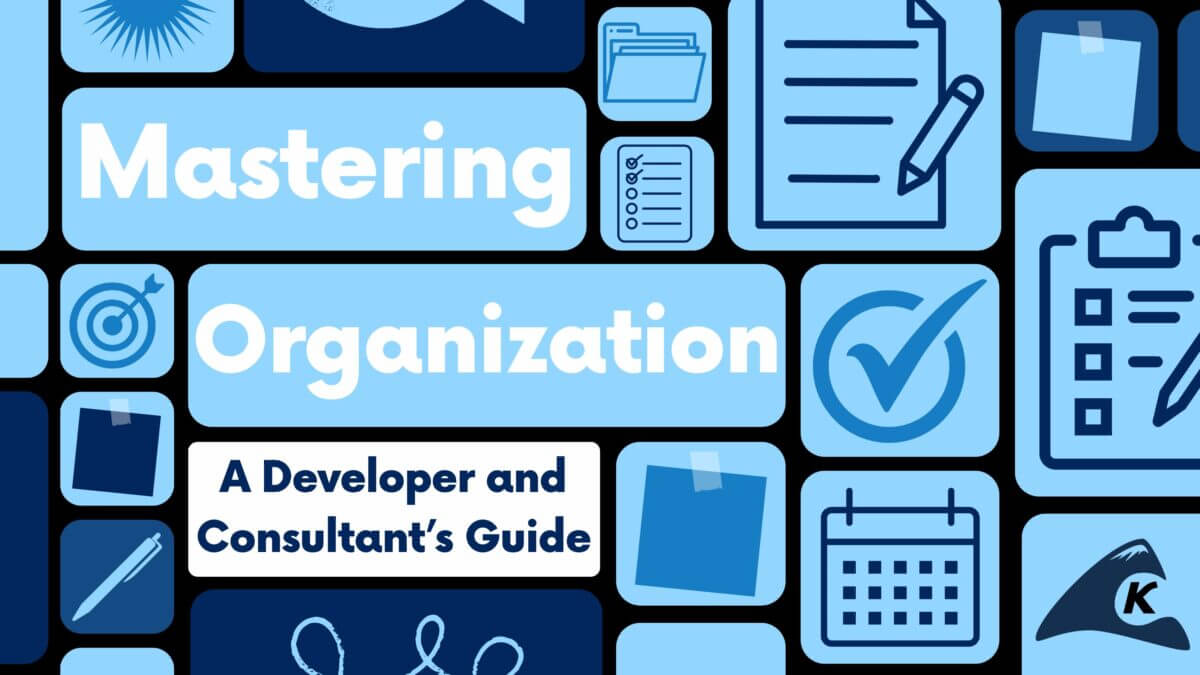We have discussed many different ways to read and write data in Spring Batch. The framework comes with quite an assortment of Readers and Writers that can be used directly or reused in some manner. Most of the time, the requirements consist of reading the data from some type of text file or database.
So what happens when the business we are supporting asks for something out of the ordinary, such as reading an Excel file and outputting the data to another Excel file? Typically the off-the-cuff response would be, “can you convert it to a CSV or other delimited text file?” Or “You know, Excel will read a CSV file just fine.” Sometimes that works, and sometimes the business requirements do not allow that type of flexibility.
Consider this scenario; in these days of Cloud and other online computing, the input file is likely created by a server that the company has no direct access to as far as programming. The file it creates is in one format, Excel. The output of your process has to go before several executives or other business clients and needs to be formatted in a professional looking manner. Adding a manual process to import a CSV and format it diminishes the value of using Spring Batch.
For the sake of the honor of the coding profession, you agree to the requirement to read and write from an Excel file directly. Now, how do you do that?…












